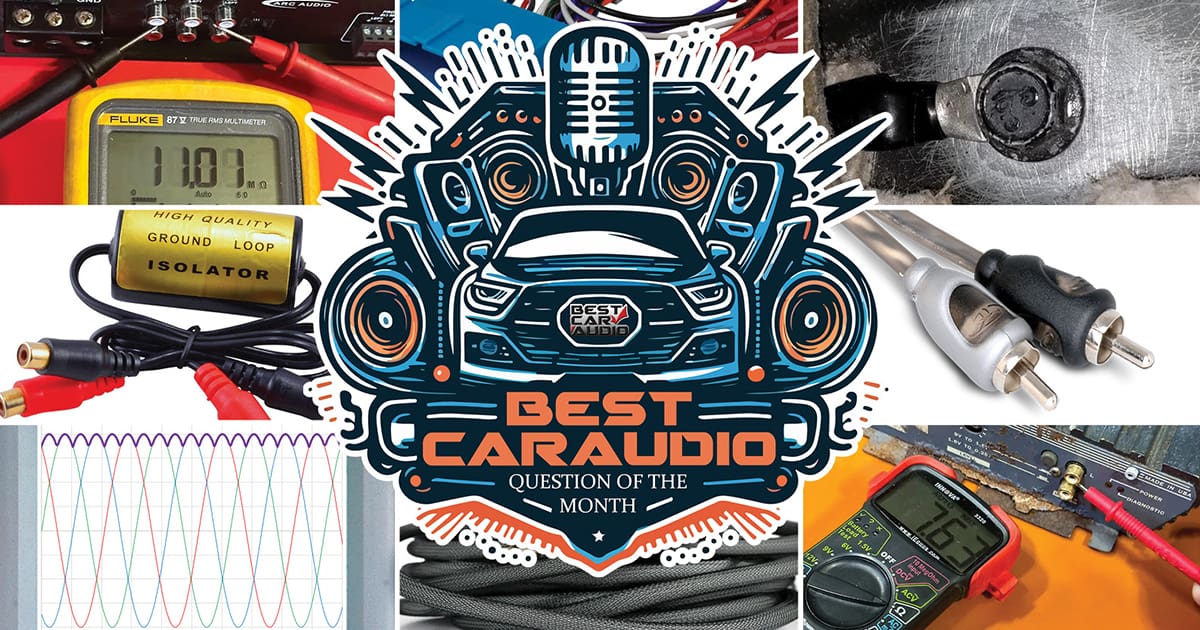Over the decades, a question that’s come up thousands of times asks about the source of engine noise or alternator whine in car stereo systems. From the 1970s through today, every professional amplifier or signal processor installation finished with a test for unwanted noises. The cause of this whining or buzzing was often simple; however, technicians might have to spend countless hours correcting the problem. Thankfully, technology has eliminated the problem if you use well-engineered audio products. Let’s look at what causes these noises and why they are rarely an issue anymore.
Alternators Are Noisy
Before we get into the noise discussion, we need to know where this noise comes from. The answer is the vehicle alternator. Let’s look at how an alternator works. In a typical vehicle, an alternator has a rotor that spins inside a stator. As the magnetic fields in the rotor pass by the wiring in the stator, it causes current to flow. Without the diode rectifiers, the waveform looks like the three-phase power that factories use to operate heavy machinery. In short, there are three sine waves, one for each rotor phase. The alternator’s diode rectifier flips the polarity of the negative side of the waveforms. The energy produced looks like a DC voltage but with a lot of ripple.
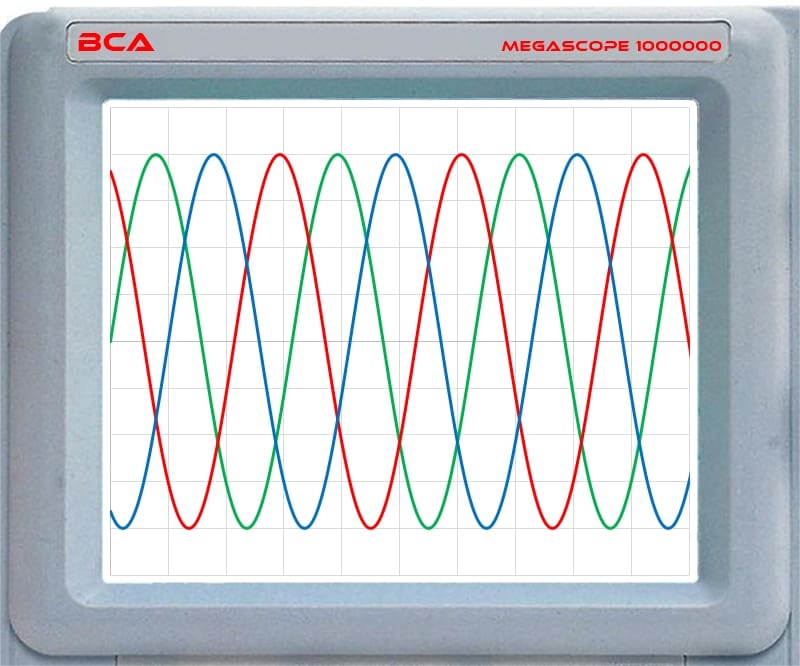
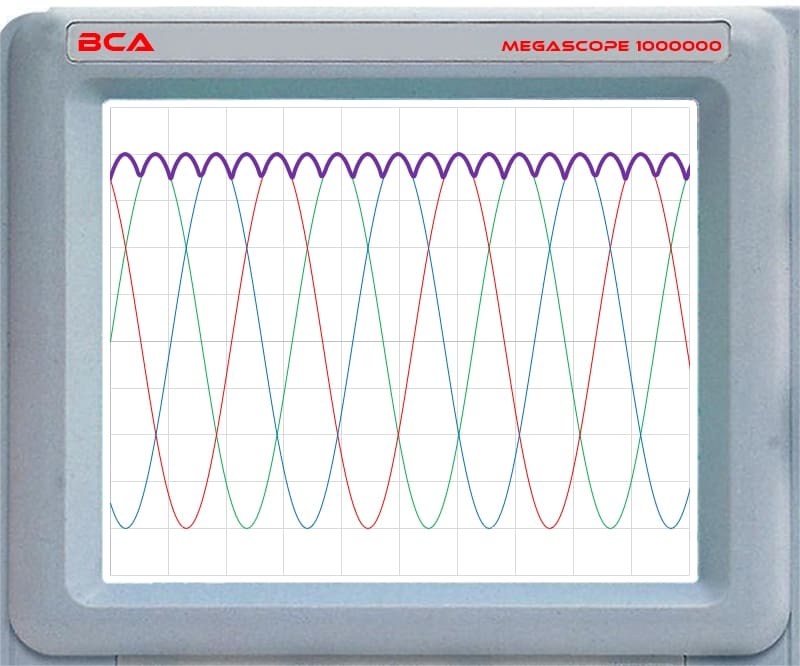
As you can see, the alternator’s output is full of high-frequency harmonic content. The battery helps smooth this output to an extent, but it remains present in the 12V that powers all the electronics in a vehicle.
What Causes Engine Noise in a Car Audio System?
Car audio amplifiers aren’t very smart. They don’t know how to differentiate between music from your radio or noise added to the signal as it travels to the amplifier inputs. In many cases, unwanted current flowing in the RCA cable or high-frequency noise from an ignition system, computer or fan gets picked up and amplified to be audible. Engine noise has its name because it typically changes in frequency with the engine’s speed. As you rev the engine, the noise buzz gets higher in frequency.
Ground loops are the most common cause of unwanted noise in car audio systems. When technicians install a radio in your vehicle’s dash, they usually connect it to the factory wiring with a wire harness adapter. The factory radio wiring typically has a ground location on the firewall or below the A-pillars. On its own, a radio without an amplifier is unlikely to have a noise issue.
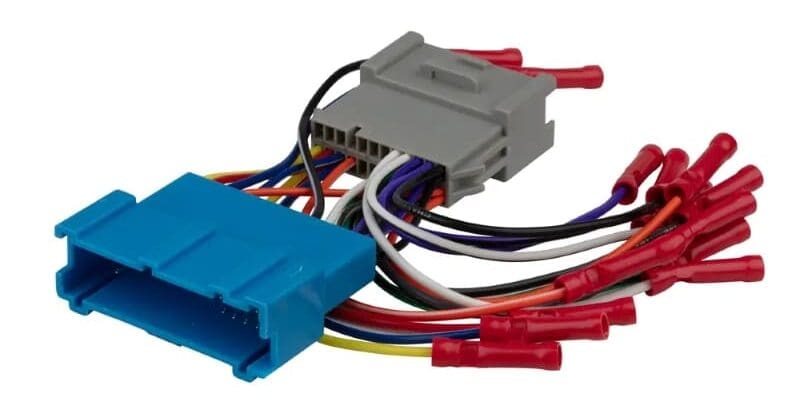
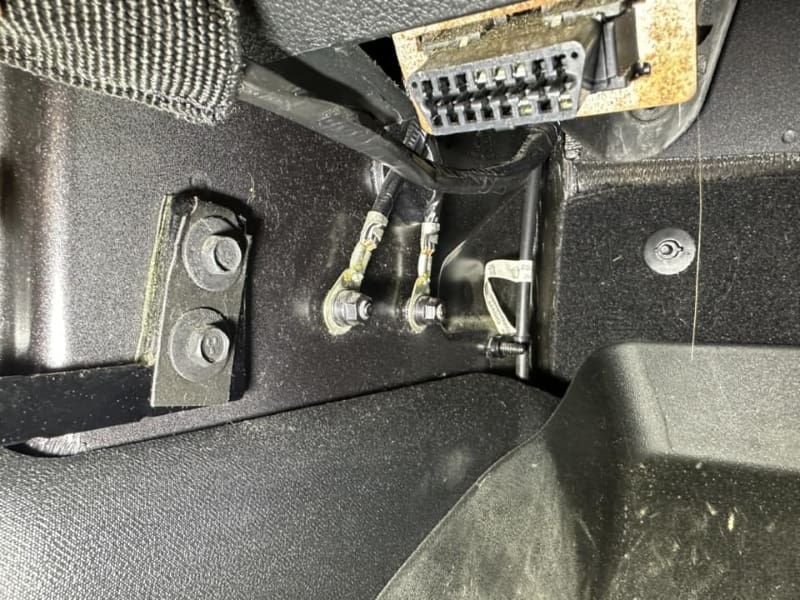
When a technician adds an amplifier to an audio system, it’s usually grounded somewhere near where the amplifier is mounted. This location might be under the back seat of a truck, in an SUV’s cargo area or a car’s trunk. In contrast to the radio, the current from the amplifier has to pass through several additional metal body panels before it reaches the battery ground connection. If there is more resistance in those connections (which there will be), the effective ground voltage of the amplifier might be different than that of the radio.
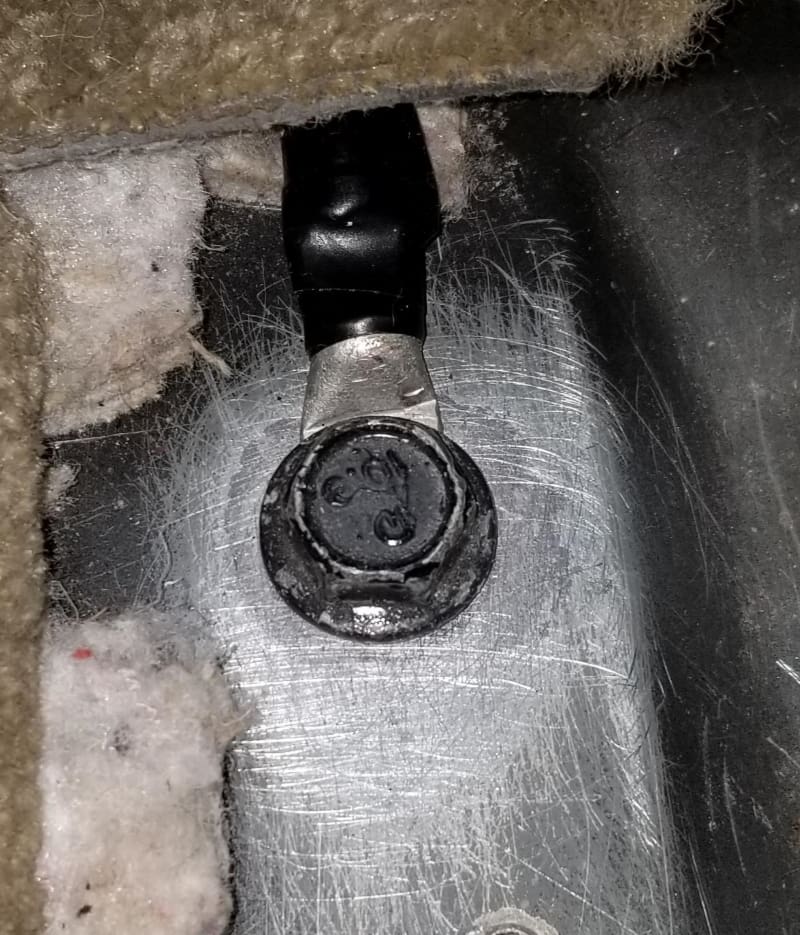
A Little Math About Ground Loops
Let’s put together a simple example. Suppose there is 0.01 ohm of resistance between the radio grounding point and the negative terminal of a battery. The radio will draw maybe 5 amps of current, meaning 50 millivolts will be present across that ground connection. Now, your installer adds an amplifier in the cargo area of a sedan. That ground connection adds another 0.01 ohm of resistance, for a total of 20 milliohms. However, the amp might draw 10 amps of current with loud music. That will result in 200 millivolts of drop across the ground connection. There is now a difference in ground potential between the radio chassis and the amplifier chassis of 150 millivolts. Where there is a difference in potential (voltage) and a conductor in place, current will flow through that conductor.
Here’s where things go sideways. In most cases, the shield on the RCA preamp outputs on a radio is connected to the radio chassis. Sometimes, it’s a direct connection; sometimes, it’s through a resistor, capacitor or even a tiny fuse. If you’re using an amplifier with single-ended RCA inputs, the shield of the RCA is also connected to the chassis and the ground connection. That difference of 150 millivolts could easily cause current to flow in the RCA shield. Because that current has come from the noisy alternator, it contains high-frequency information. The amplifier sees that high-frequency information as music and sends it to the speakers.
How Does Noise Enter a Car Audio System?
How does the noise from the shield get into the signal? Well, the conductor for the audio signal, which is the center pin of the RCA, is right beside the ground wire or shield. They are together for 12 to 18 feet, which is enough for some of the information to transfer from one to the other. When current flows in a conductor, it produces a small magnetic field. At the same time, when a conductor is in the presence of a magnetic field, it causes current to flow.
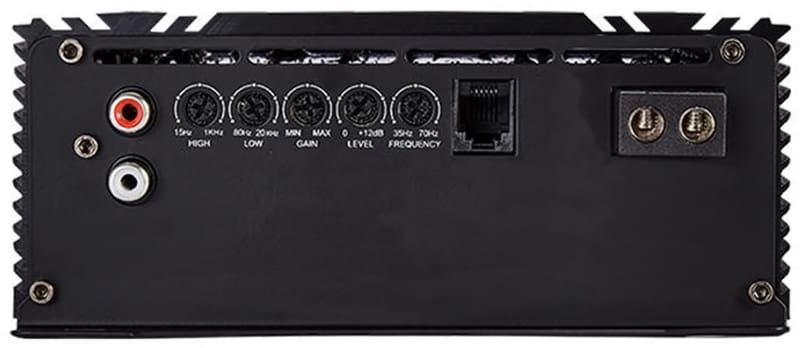
Induced Noise from Noisy Electrical Components
As we mentioned, another noise source could be from low-quality interconnect cables close to a source of high-frequency noise. Blower motors for the climate control system were notorious for creating high-frequency noise. Likewise, dash light dimmers or daytime running light circuitry that use pulse-width modulation to reduce output levels are full of high-frequency noise. If you use an amplifier without differential inputs with an interconnect that doesn’t have much shielding, there’s a chance your system will have buzzes and hisses that aren’t part of the system.
Differential Input Amplifiers
One of the easiest ways to avoid unwanted system noises is to use an amplifier or signal processor with balanced or differential inputs. These amplifiers have a simple circuit at the front of the input stage that compares the signal on the center pin of the RCA to the shield. The amplifier dramatically reduces the amplitude of any signal common to both conductors.
If an RCA cable runs past a noise source and picks up some buzzing, the differential input circuit can attenuate that noise by 50 or 60 dB. There is a condition, however: The noise must be common to both the RCA shield and the center pin for the differential circuit to function.
A second benefit of car audio equipment with differential inputs is that there is no ground connection from the RCA shield to the chassis. You could have audio devices installed in completely separate vehicles and no current will flow through the interconnect shield. This ground isolation is one of the most significant benefits of having differential inputs on an amplifier.
Check out this article on how to test an amplifier to see whether it has differential inputs.
The Right Interconnects for the Job
Using an amplifier or processor with single-ended inputs requires coaxial RCA interconnects. This cable design helps keep noise away from the center conductor.
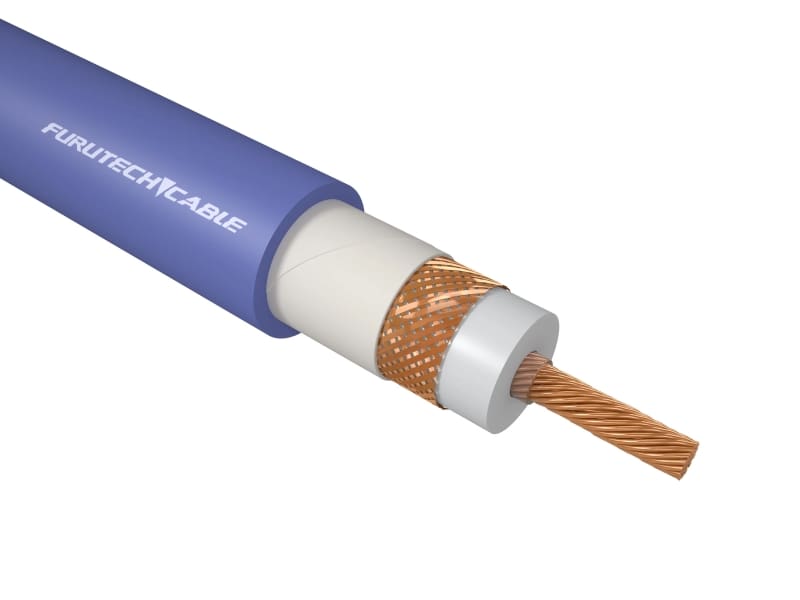
Some premium coaxial interconnects might have a directional design. In these instances, a secondary shield is usually around the shield layer. This additional shield should be connected to the RCA shield at the source end of the cable exclusively. The purpose is to give a path for noise to return to a ground connection that isn’t at the input of the amplifier.
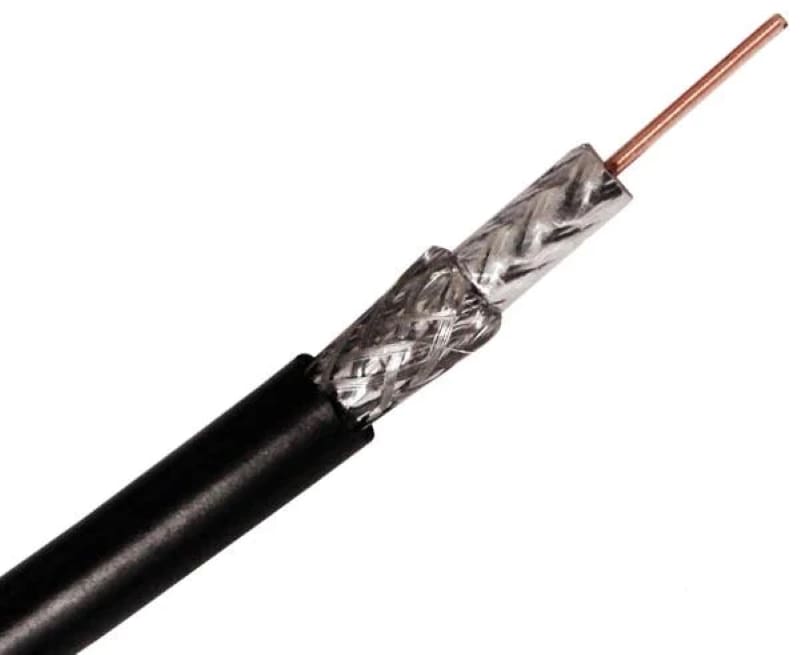
On the other hand, if you have a car audio amplifier or signal processor with balanced input, you must use an RCA interconnect with twisted-pair geometry. In this design, if noise is picked up along the way to the amplifier, the noise must be common to both conductors to be attenuated by the differential input circuitry.
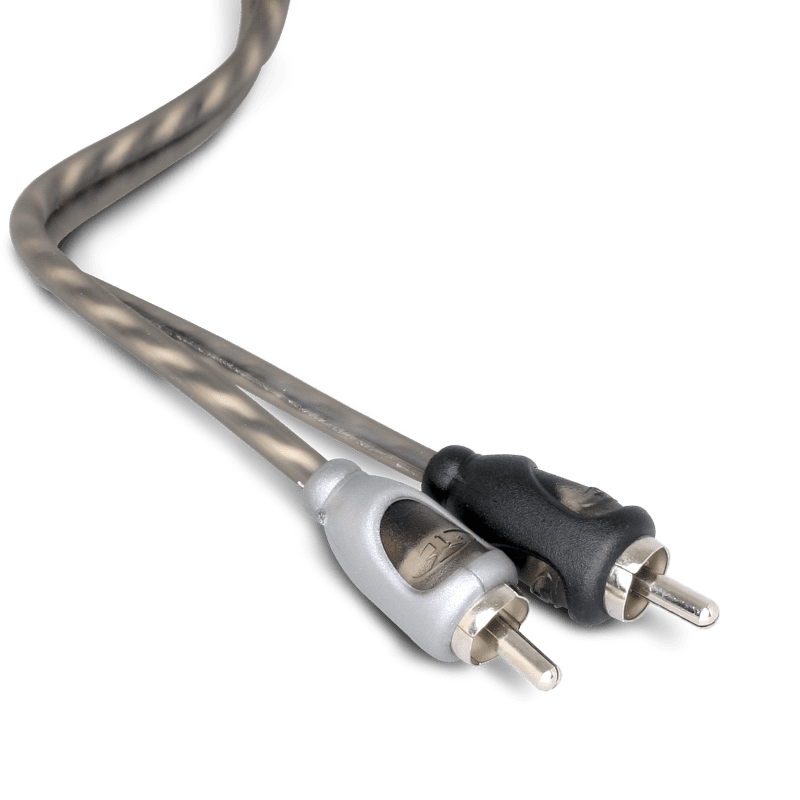
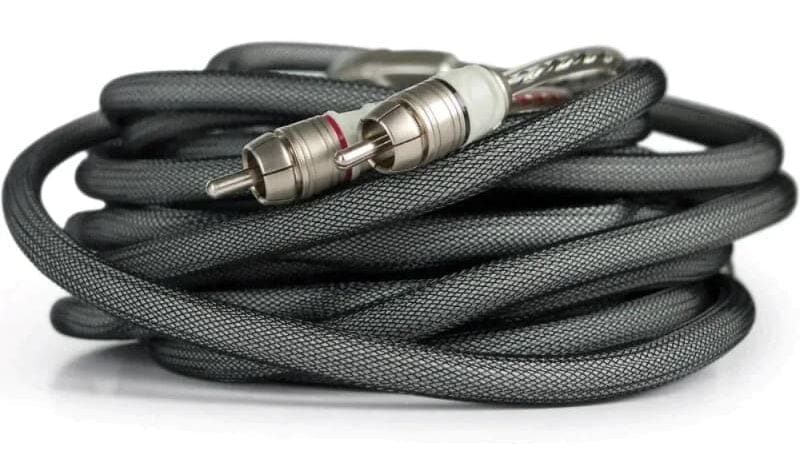
The Worst Solution to Eliminate Noise
There’s nothing more frustrating for a car audio installer than to complete the process of integrating equipment into a client’s vehicle only to learn it has engine noise. The correction process can often take hours to complete, and it is not time that’s typically billable to the client. One popular quick solution is to add a ground-loop-isolator. These devices use a pair of transformers to eliminate the ground path between the input and the output connection. They are often successful in terms of removing noise. However, they add a great deal of distortion to the audio signal. In short, they work, but they sound terrible. We’ve ordered one and will put it through its paces in the lab once it arrives.
Preventing Noise in Car Audio Systems
If you have unwanted noise in your car’s audio system, there are three common causes: a ground loop, equipment without differential inputs, or improper interconnect types. If your car audio system has alternator whine or engine noise, drop by a local specialty mobile enhancement retailer and ask for help solving it. It might take a few hours to rewire the system, and you may need to invest in new interconnects or additional ground wiring. You may want to consider upgrading an amplifier to something with a design suitable for car audio. Hearing a buzz that goes up and down with the engine speed is no fun. It’s like driving a car with a wheel that’s out of balance.
If you have a question about car audio system design or how something works, post it on our page on Reddit, and maybe it can be the next Question of the Month.
